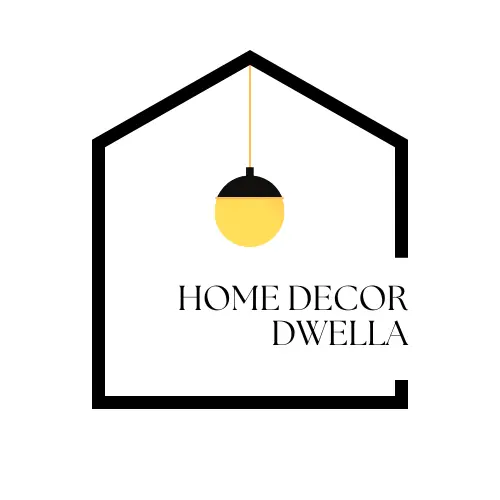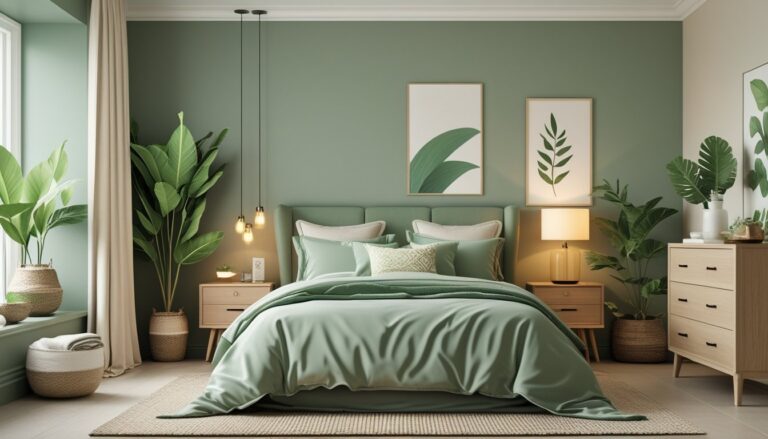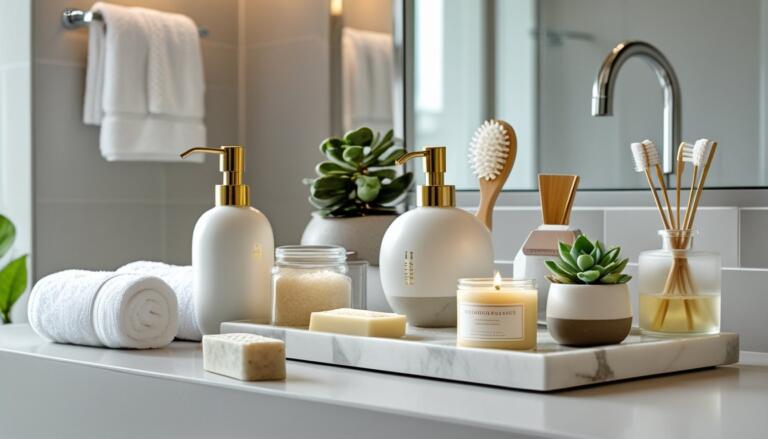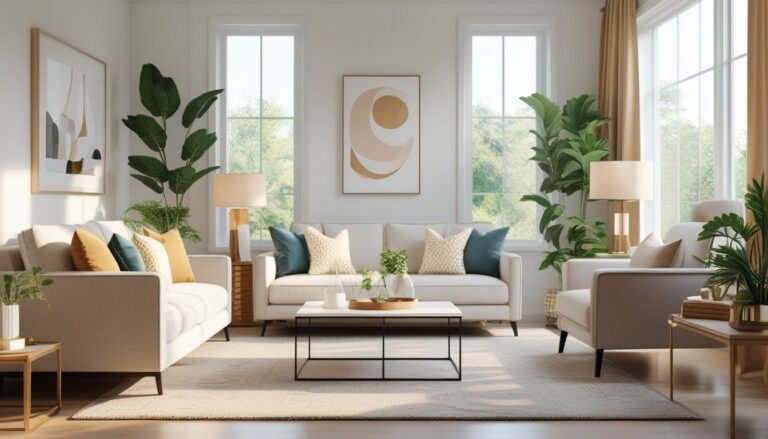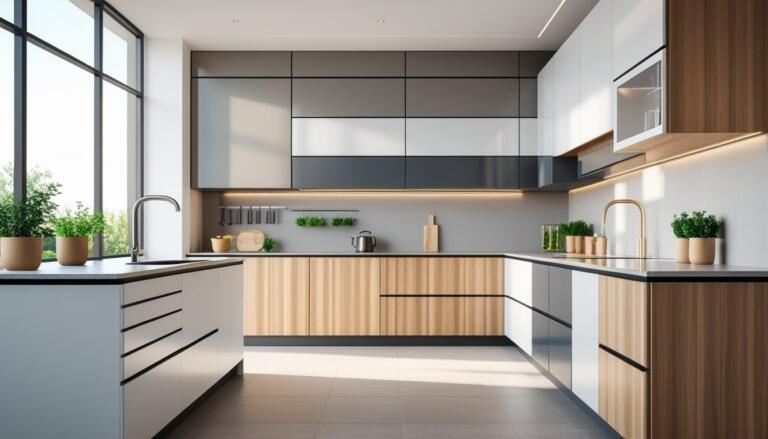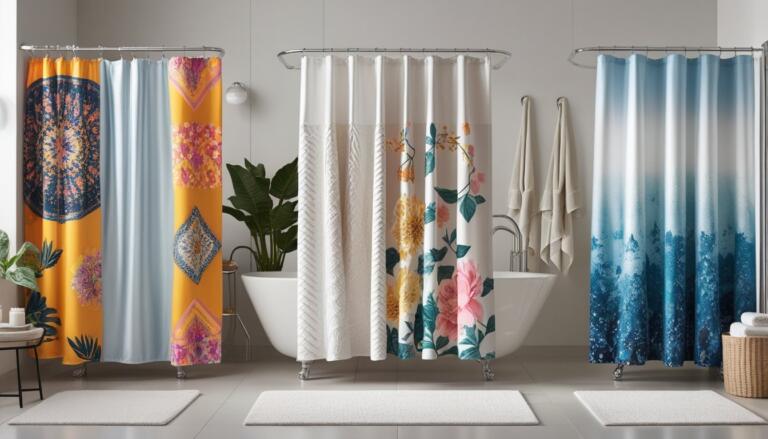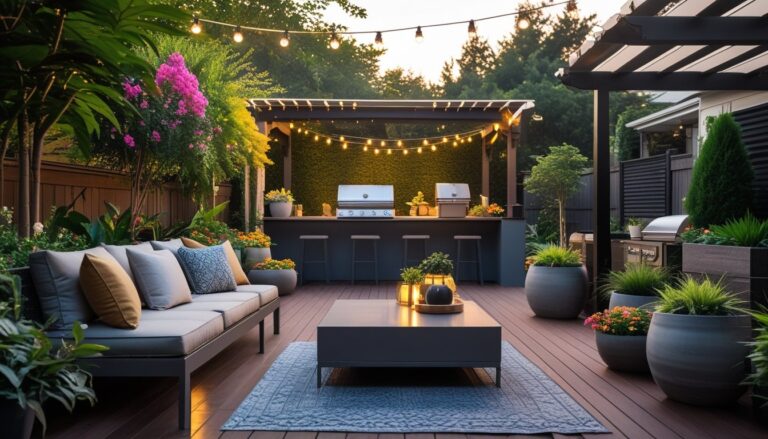7 Kids Bedroom Ideas for Functional and Stylish Spaces
Designing a kid’s bedroom can be both fun and practical. It’s important to create a space that feels comfortable now and can change as the child grows. This ensures the room stays useful and enjoyable over time.
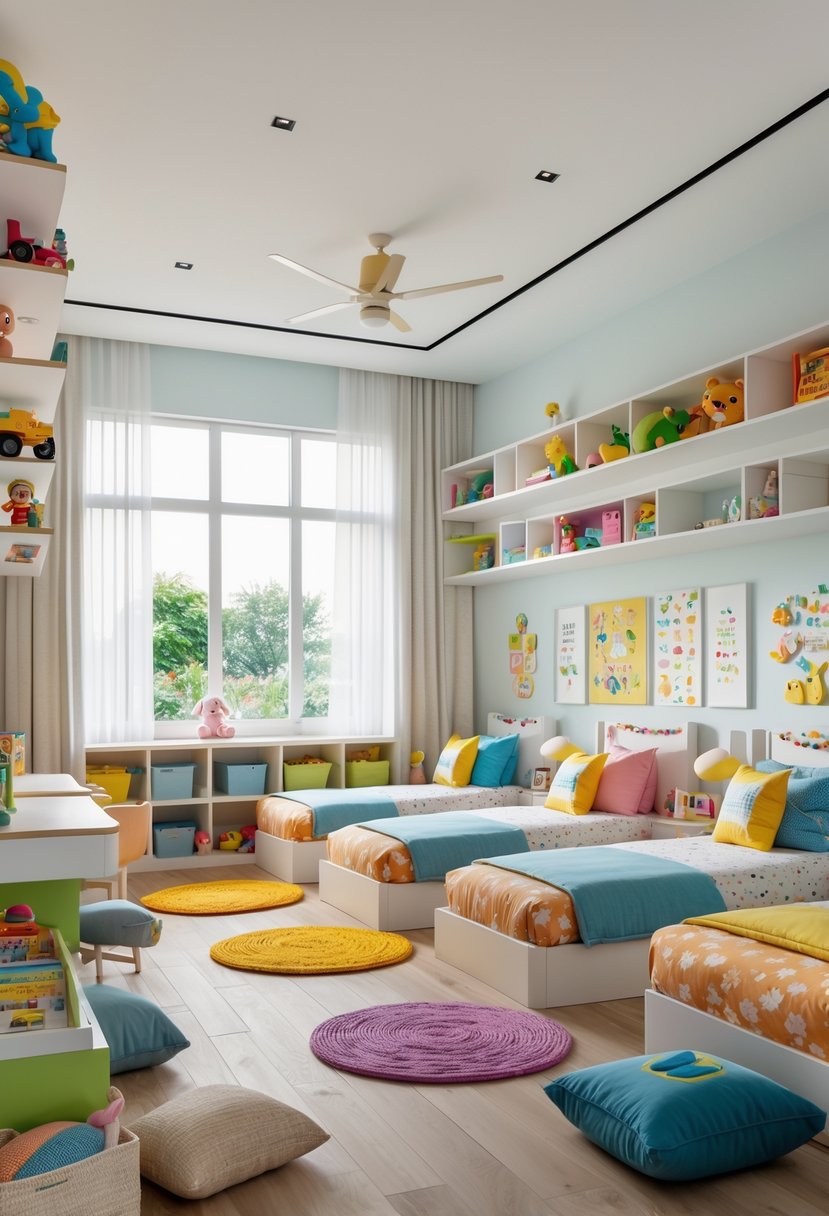
The right bedroom ideas help balance style, function, and the changing needs of children. A well-planned room supports a child’s daily activities and reflects their personality without needing frequent redesigns.
1) Use multifunctional furniture to maximize space and storage.
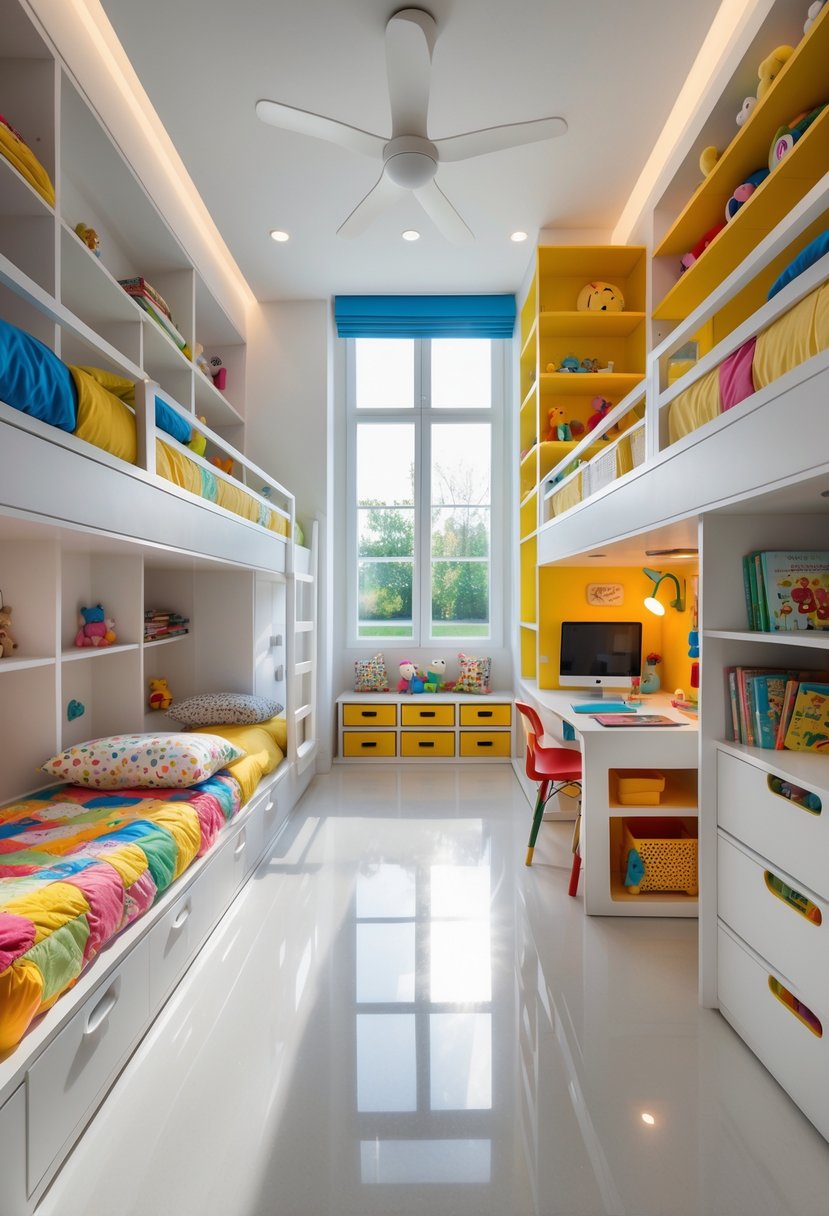
Multifunctional furniture helps make the most of limited space in a child’s bedroom. Items like beds with built-in drawers or desks that fold away provide both storage and function.
This type of furniture adapts as the child grows, offering lasting value. It also reduces clutter by combining several needs into one piece.
2) Incorporate a playful but timeless color palette.
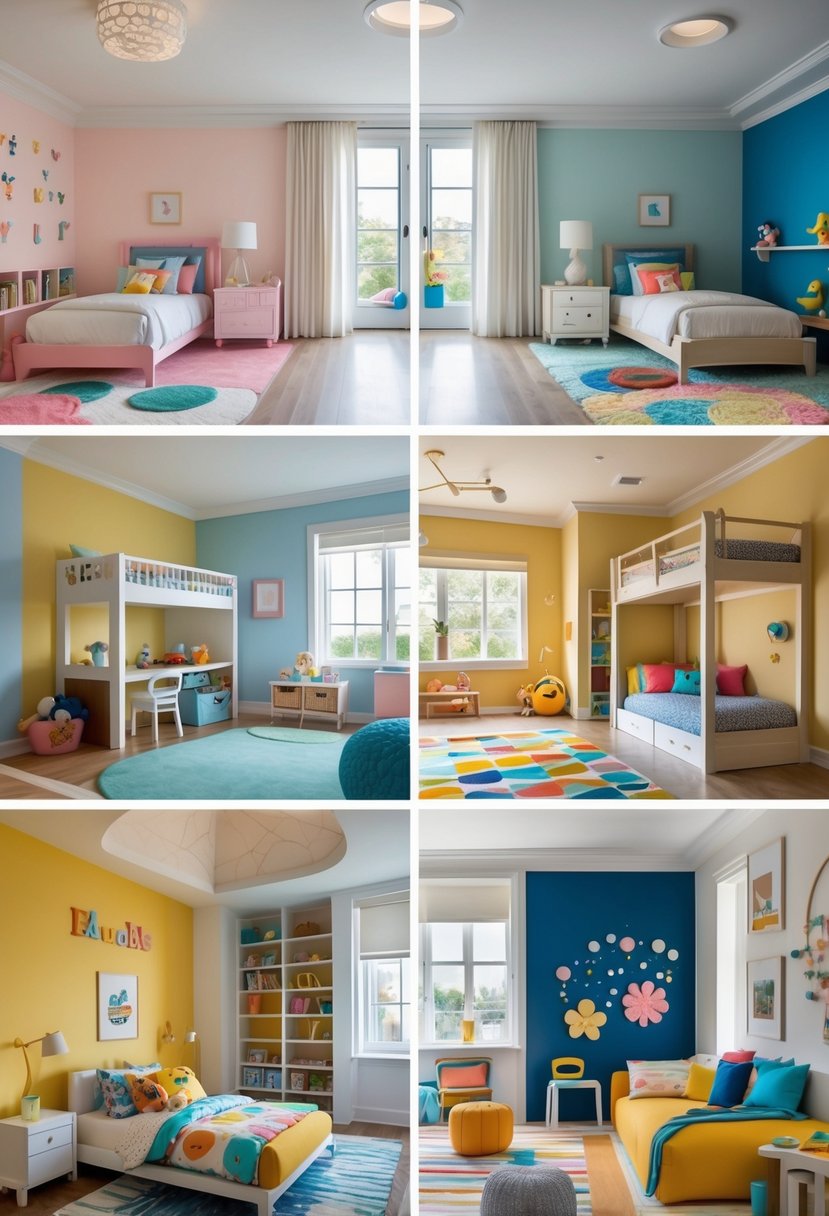
They can choose soft neutral tones like whites, grays, and beiges for walls. These colors create a calm base that works well as kids grow.
Bright accents such as yellows, turquoises, or coral can add fun without overwhelming. This balance keeps the room lively yet adaptable over time.
3) Create distinct zones for sleep, play, and study.
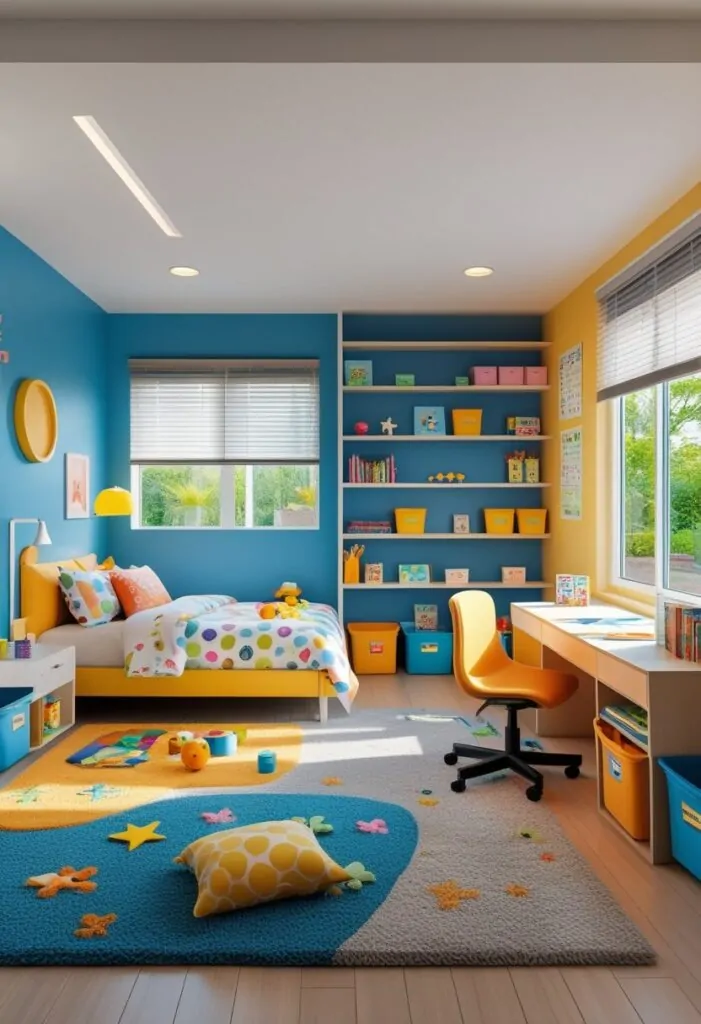
They should divide the bedroom into separate areas for sleeping, playing, and studying. This helps children focus on each activity without distractions. Using furniture or rugs to mark zones can make the room more organized and functional.
4) Add themed wall decals like space exploration or fairy tales.
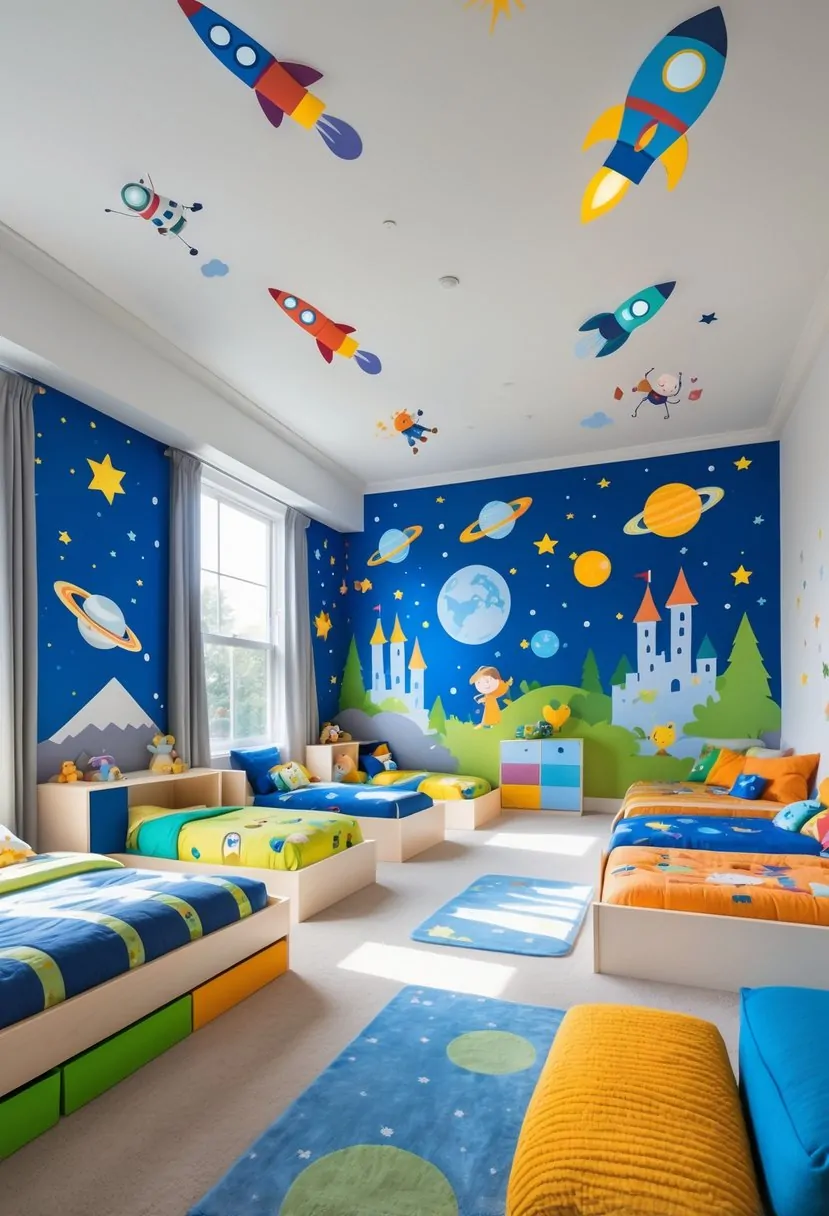
Themed wall decals can change a child’s room quickly. Space decals with astronauts and stars inspire curiosity about the universe. Fairy tale decals create a magical, whimsical feeling.
These decals are easy to apply and remove, making them a flexible decor choice. They fit well in bedrooms without needing a full redesign.
5) Install built-in shelves for organization and display
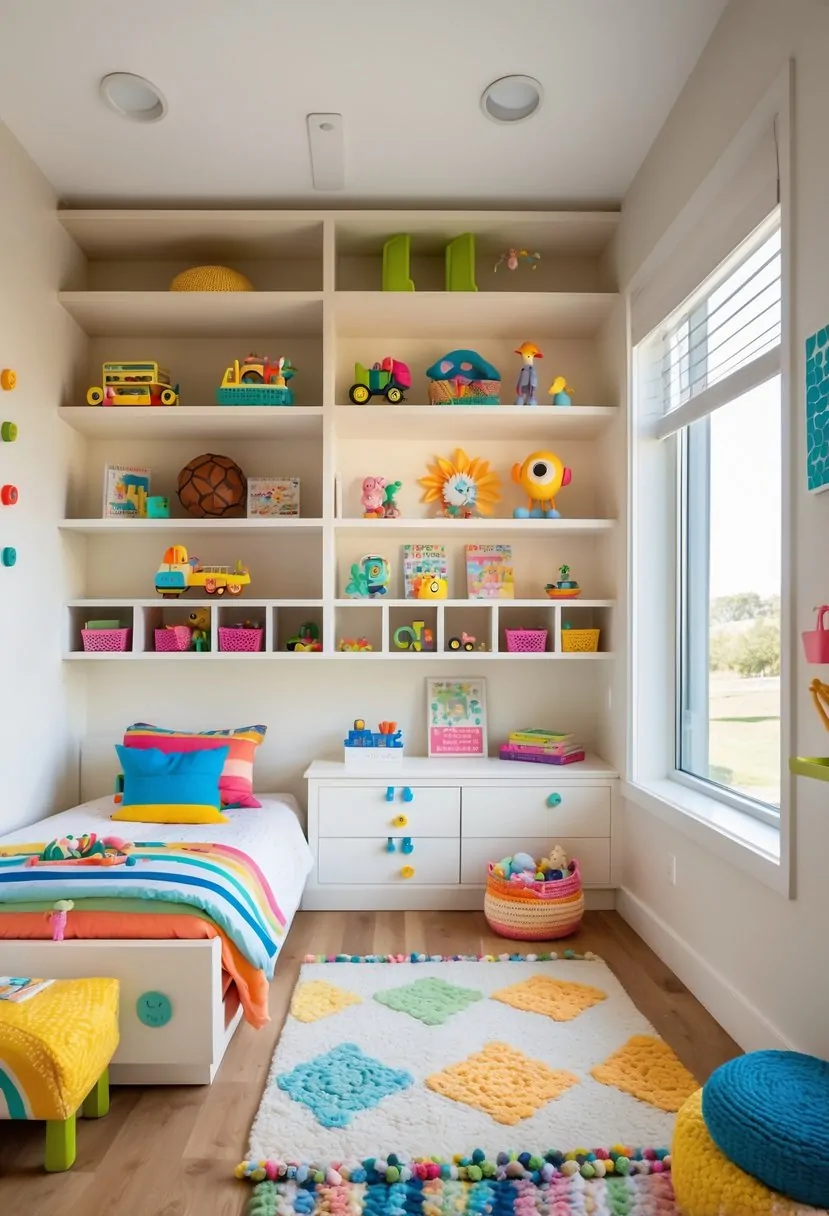
Built-in shelves help keep a child’s room neat by offering space to store books, toys, and clothes. They can be customized to fit the room’s size and style. These shelves also create a place to display favorite items, making the room both organized and personal.
6) Choose durable, easy-to-clean bedding and rugs.
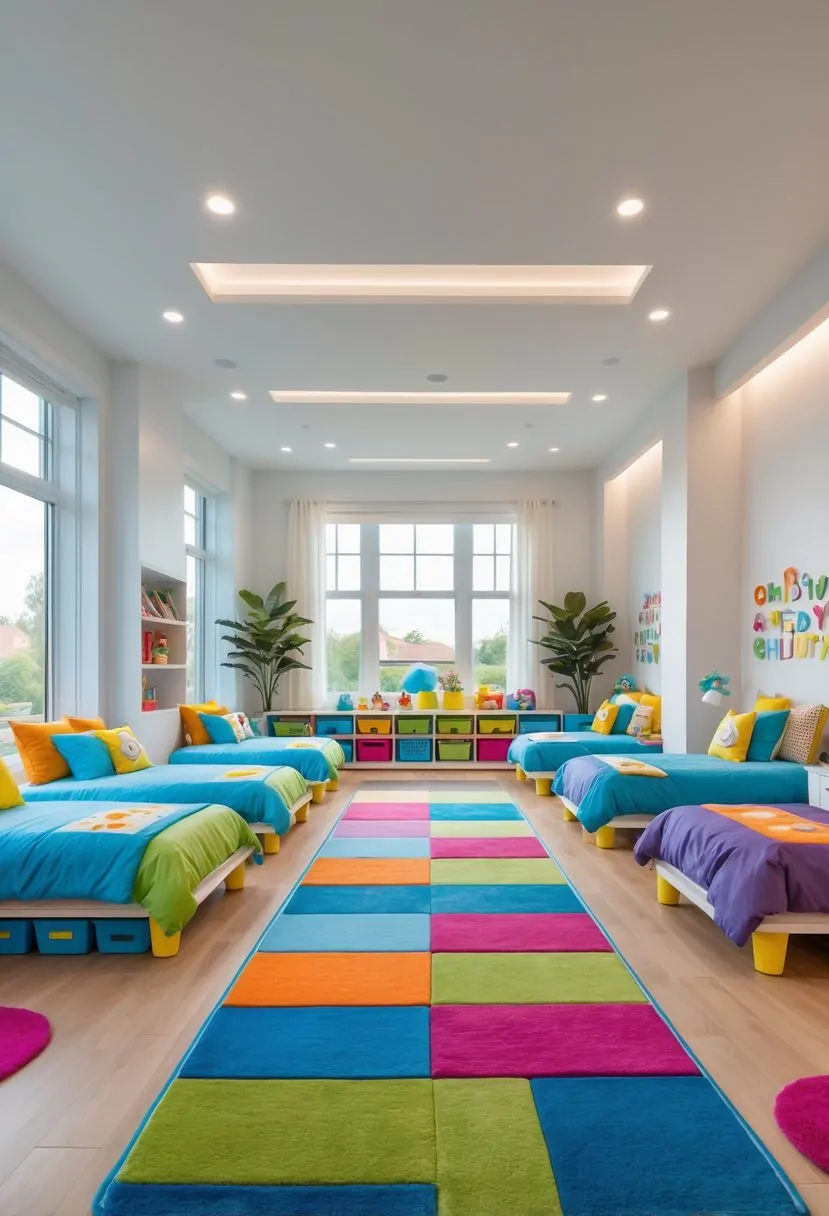
They should pick bedding that holds up to spills and frequent washing. Durable fabrics like cotton blends work well.
Rugs need to be easy to clean, especially with kids. Washable rugs or those made from polypropylene are good choices.
These materials help keep the room tidy and reduce effort in maintenance.
7) Include adjustable lighting for different activities
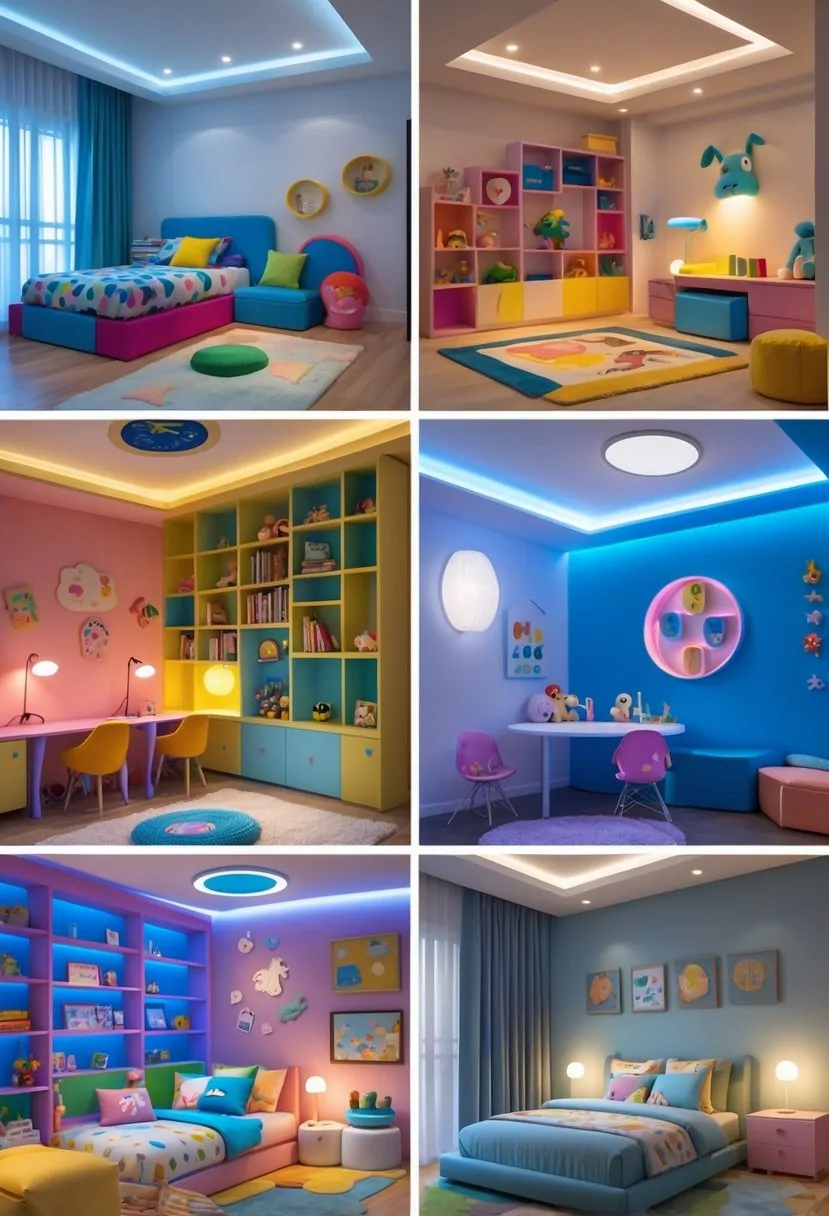
Adjustable lighting helps create the right mood for various activities. It allows kids to have bright light for studying and softer light for relaxing or bedtime.
Using a mix of ceiling lights, desk lamps, and nightlights gives flexibility. This makes the room functional and comfortable throughout the day.
Design Principles for Kids Bedrooms
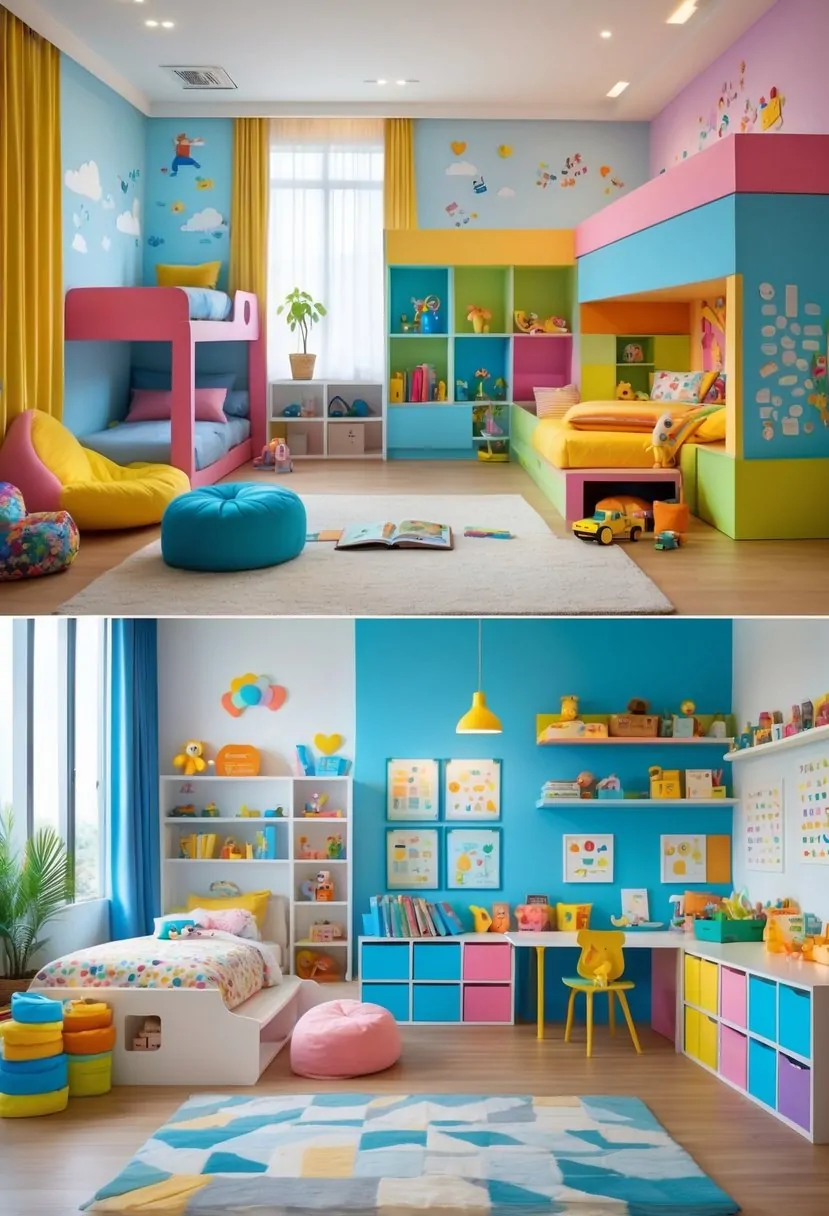
Designing a child’s bedroom requires thoughtful choices about themes and room layout. The room should suit the child’s age and personality while making the most of available space. Comfort, creativity, and practicality are key to a well-designed kids’ bedroom.
Choosing Age-Appropriate Themes
The theme should reflect the child’s current interests and be easy to update as they grow. For toddlers, bright colors and simple characters work well. School-age kids might prefer themes linked to hobbies, favorite books, or sports.
Themes should be flexible. Using removable wall decals or neutral base colors allows easy changes later. Avoid overly specific designs that the child may quickly outgrow.
Engaging the child in theme selection ensures the space feels personal. Balancing fun elements with calming touches helps create a room that’s both stimulating and restful.
Maximizing Space and Functionality
Kids’ rooms often serve multiple purposes, so furniture should be practical and space-saving. Bunk beds, loft beds with desks underneath, and multi-use storage help keep the area organized.
Clear zones for sleeping, playing, studying, and storage minimize clutter. Open shelving and labeled bins can encourage children to keep their belongings neat.
Lighting should offer options for different activities. Natural light is important, but task lights and soft night lights support various needs throughout the day.
Safety and Comfort Considerations
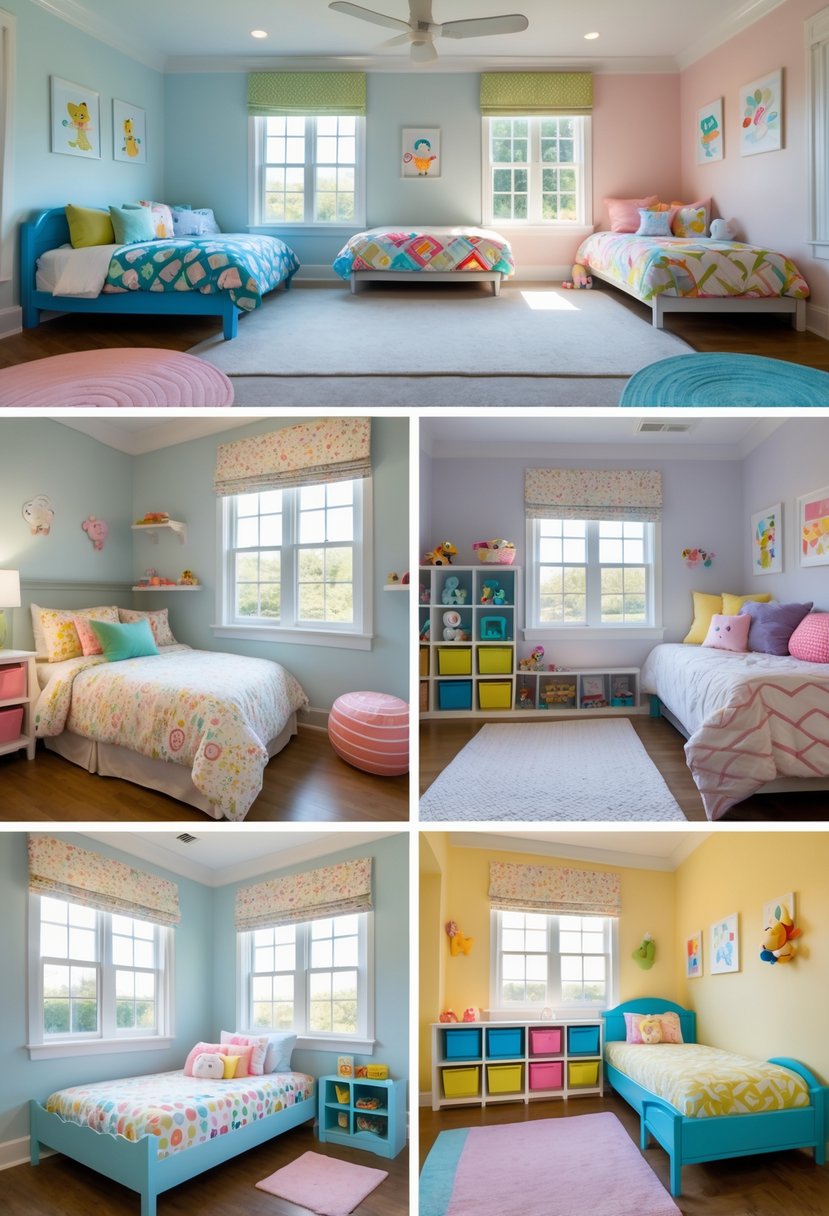
A child’s bedroom must balance safety and comfort. Using materials free from harmful chemicals and arranging furniture carefully can reduce risks. These choices create a secure and cozy space for sleep and play.
Non-Toxic Materials and Finishes
Choosing non-toxic paints, finishes, and furniture is critical. Many paints contain volatile organic compounds (VOCs) that can harm health. Opt for low-VOC or zero-VOC paints labeled safe for children.
Furniture should be made from natural or certified materials. Avoid particleboards or pressed wood with formaldehyde. Use finishes like water-based stains or natural oils instead of chemical varnishes.
Soft textiles, such as organic cotton or hypoallergenic bedding, lower allergy risks. It is also important to avoid flame retardants in fabrics, as they can contain harmful chemicals.
Safe Furniture Placement
Heavy furniture like dressers or bookshelves should always be anchored securely to walls. This prevents tipping risks if children climb or pull on them.
Keep furniture away from windows to avoid falls. Place beds and play areas where there is clear floor space to prevent trips.
Electrical outlets should be covered with safety plugs. Organize cords and keep them out of reach to stop accidental pulling or chewing.
Using rounded furniture edges or corner protectors can reduce injury risks from sharp corners in active play areas.
Frequently Asked Questions
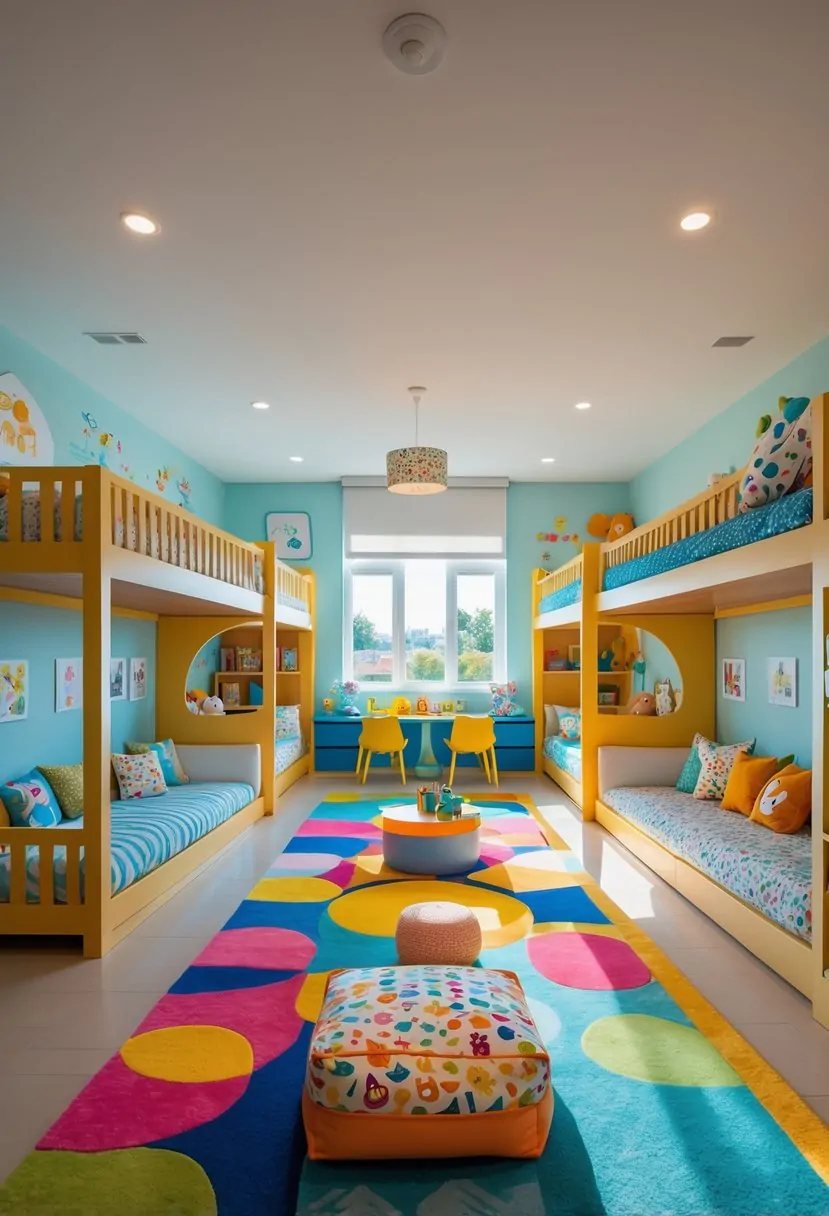
Creating a kids’ bedroom that works well means planning space for sleeping, playing, and studying. Using furniture that serves more than one purpose and adding built-in shelves can help keep the room neat and organized.
How do I design a bedroom that accommodates multiple children comfortably?
Designing for more than one child needs clear zones for each activity. Each child should have a dedicated sleeping area, either with bunk beds or separate beds spaced apart.
Play and study spaces should be distinct but shareable. Adding dividers or using rugs can help separate areas while keeping an open feel.
Choosing a color palette that is playful but timeless can unify the room and allow it to grow with the children.
What are some creative ways to incorporate storage solutions in a children’s bedroom?
Multifunctional furniture is key. Beds with built-in drawers or loft beds with space underneath for storage or a desk save floor space.
Wall space can be used effectively by installing built-in shelves for books, toys, and decor. Hooks and hanging organizers add extra places for coats and backpacks without taking up room.
Using themed storage bins or boxes can keep items organized and add to the room’s playful style.
